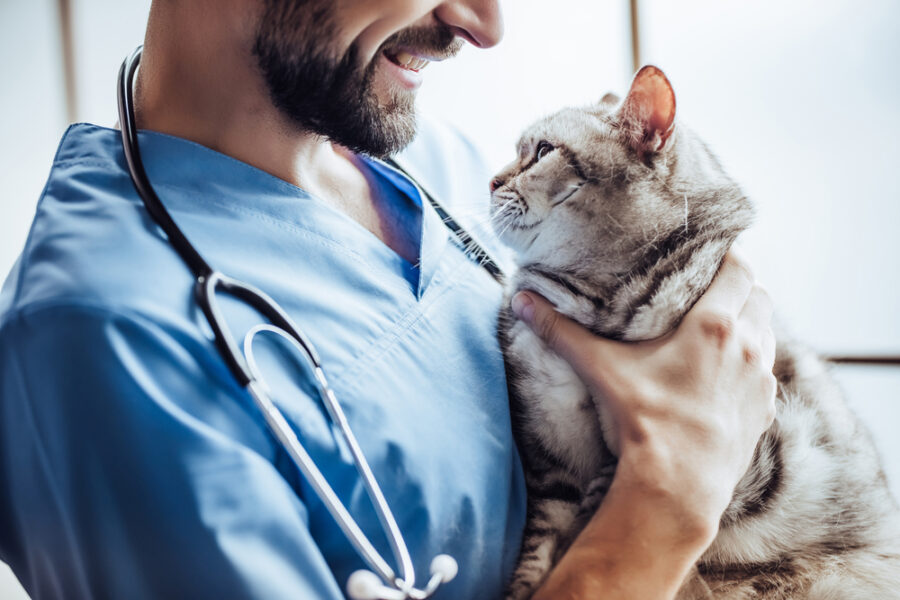Cat-friendly practices can result in clinical and financial advantages.
In the dynamic world of veterinary care, practices are continually evolving to meet the unique needs of our feline friends. A recent retrospective analysis comparing Cat-Friendly Practices (CFPs) and non-CFP control practices has shed light on the distinctive benefits these feline-centric environments bring to both patients and practitioners. The study, spanning from 2018 to 2021, delves into the financial and diagnostic aspects of CFPs, revealing compelling insights into their impact on practice dynamics.
Financial Insights
The financial landscape of CFPs proved to be noteworthy, with average revenue per feline visit and visits incorporating diagnostic testing standing out. Contrary to expectations, there was no significant difference in the proportion of wellness visits between CFPs and non-CFPs. However, CFPs boasted higher mean visits per year per patient, painting a picture of increased engagement and connection with feline caregivers.
Diagnostic Testing Behavior
The heart of the study lies in the diagnostic testing behavior exhibited by CFPs. The data showed that CFPs performed diagnostic testing at 12% more clinical visits compared to their counterparts. This increased frequency translated into a higher annual revenue per feline patient for all visits and visits that included diagnostic testing. CFPs displayed a unique commitment to comprehensive care, as evidenced by their higher odds of patients having multiple visits that included bloodwork or urinalysis.
Testing Categories and Clinical Findings
Further analysis homed in on the diagnostic testing categories, such as biochemistry, complete blood count, urinalysis, and thyroid testing. CFPs were found to be more likely to include all four testing categories in a diagnostic visit, showcasing their dedication to thorough assessments. Remarkably, they were also less likely to limit testing to only one category. This comprehensive approach led to the identification of a higher number of cats with clinical findings, underlining the significance of CFPs in early detection and proactive healthcare.
Future Implications
The findings from this study add another layer to the growing body of evidence supporting the myriad benefits associated with CFPs. Not only do these practices exhibit financial viability, but they also showcase a distinctive commitment to feline healthcare through increased diagnostic testing and the identification of clinically relevant results. As we celebrate the positive impact of Cat-Friendly Practices on practice finances, veterinary teams, caregivers, and patients, it becomes evident that more research is needed to explore the full extent of the advantages offered by CFP status. This study encourages a deeper interest and pursuit of CFP status within the veterinary community, emphasizing the transformative potential these practices hold for feline health and well-being.







